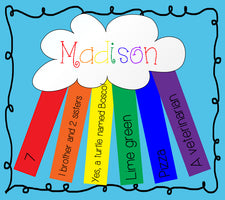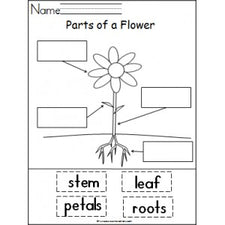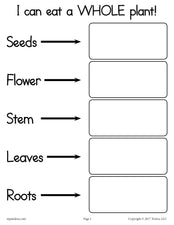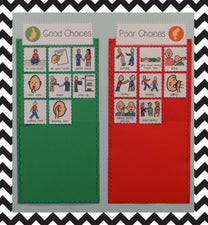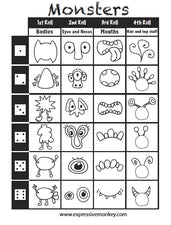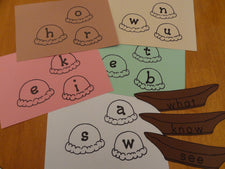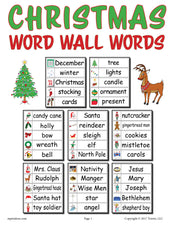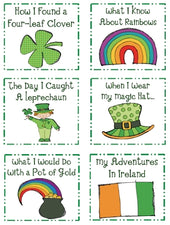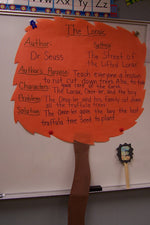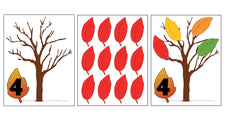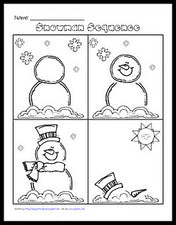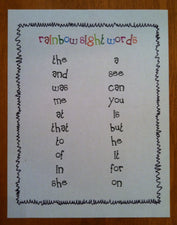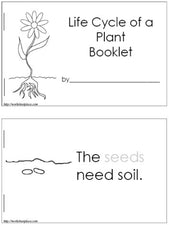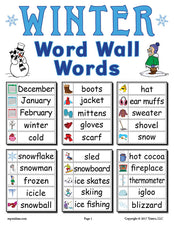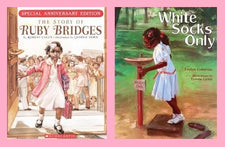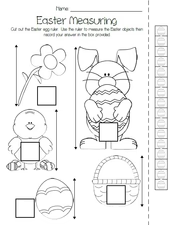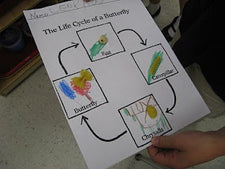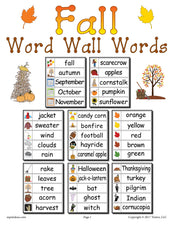Halloween Literature Unit: Pumpkin Patch Unit Project

{Kimberly L. Short, lesson plan contributor to Educator’s Reference Desk, has designed an exciting Halloween themed reading unit that your kindergartners are sure to enjoy. Designed to explore several literature selections over sixteen days, here are a few highlights!}
While Short details various daily activities to complete based on one literature selection or another, she also ties the unit together with two projects that span its entirety.
Pumpkin Patch Project Objectives
- Learn about making predictions.
- Learn about cause and effect.
- Review the basic parts of a story - beginning, middle, and end.
- Review the concept of sequencing.
Here is an overview of the project:
| Day | Project Directions |
|---|---|
| 1 | Before students get to class, create a "pumpkin patch" by covering a classroom table with brown bulletin board paper or recycled paper bags. Use watercolor paints - mainly brown, white, black, and gray - for detailing (e.g. plow marks, etc.). Create small slits in the "dirt". At the end of the first lesson, have students make pumpkin seeds from sturdy craft paper and invite them to "plant" it in the pumpkin patch. Have students create an opening entry in their nature journal, making predictions on what will happen in the life cycle of their pumpkin. |
| 2 | Charge students with observing the pumpkin patch daily for changes. Have them record the changes in a nature journal using both words and pictures. If there is no visible change, have students write "no change", but invite them predict what might be happening under the "soil". |
| 3 | Don't forget to make observations and journal about what's happening with the pumpkin seed under the "soil"! |
| 4 | Discuss what pumpkin seedlings need in order to grow (e.g. "food" and water). Have students brainstorm where their pumpkin seeds will get these essentials.
Provide students with blue sheets of construction paper and have them create "raindrops" with which to water their pumpkin seeds. Don't forget to create a nature journal entry and, again, predict what the water will do for the seeds. |
| 5 | Charge students with observing the pumpkin patch daily for changes. Have them record the changes in a nature journal using both words and pictures. If there is no visible change, have students write "no change", but invite them predict what might be happening under the "soil". |
| 6 | Before students get to class, create small green vines from bulletin board paper or construction paper and place them in the patch where the seeds have been planted. Have students compare their pumpkin's progress with their journal entry predictions on the first day. Did they expect that vines were part of the pumpkin "life cycle"? What are their revised predictions (if any)? |
| 7 | Before students get to class, create several crows and place them in the pumpkin patch. Discuss the "hardships" pumpkins face while attempting to grow. Help students "shoo" the crows from their patch, then have them brainstorm (overnight) how to keep dangerous pests out of the patch. Don't forget to journal! |
| 8 | Compile a list of student suggestions for keeping crows out and vote on the best solution. One of them will likely have suggested scarecrows. Provide materials and templates for your students to create their own scarecrow and help them place their creations in the patch. Don't forget to journal! |
| 9 | Don't forget to make observations and journal about what's happening with the pumpkin seed and vine! |
For the rest of the project directions, be sure to read Short's full lesson plan at Educator's Reference Desk!
